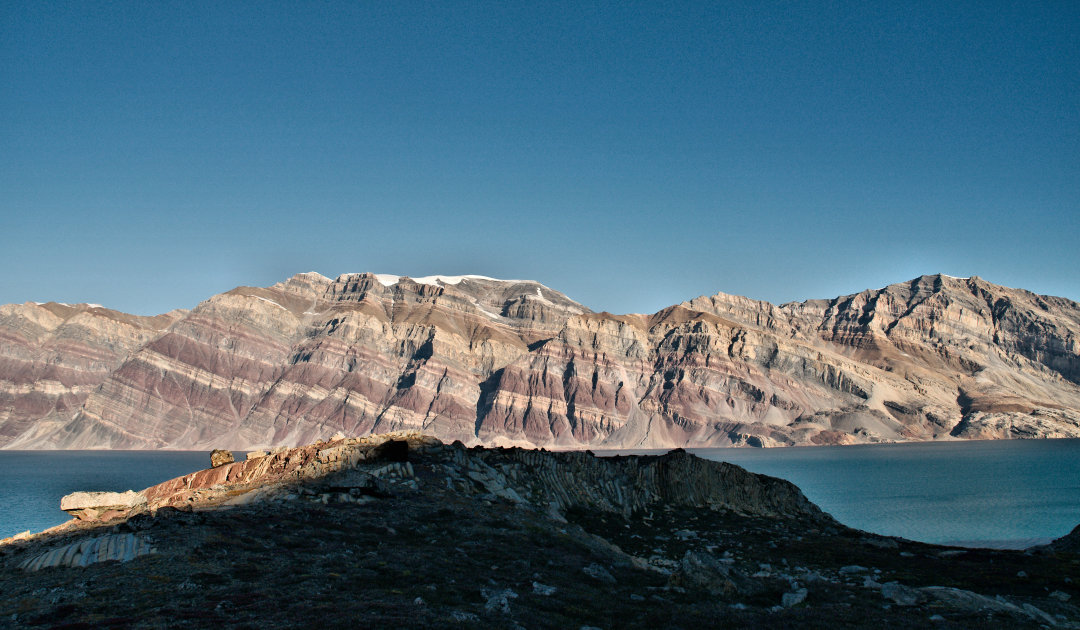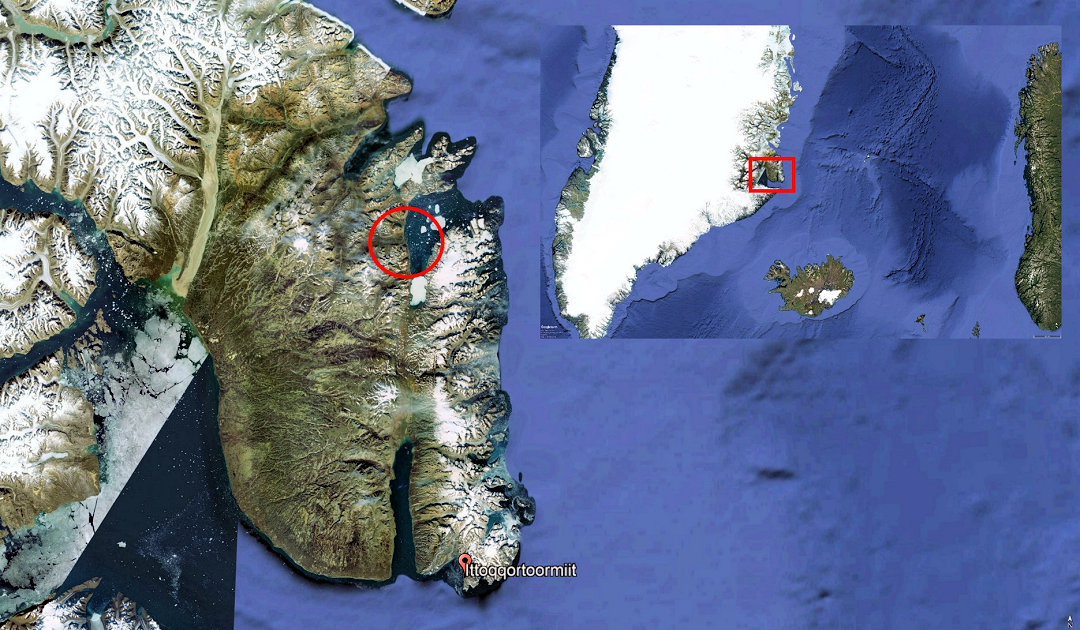
Greenland is the epitome of the Arctic with its icy climate and the plant and animal species adapted to it. But the world’s largest island wasn’t always like this: more than 200 million years ago, Greenland was firstly much further south than it is today and secondly likely home to dinosaurs. An international research team has discovered the skull bones of a previously unknown species of dinosaur north of the village of Ittoqqotoormiit: Issi Saaneq, or “Cold Bones”.
The skull bones belonged to two animals, a young adult and a younger animal, according to the research team. Although they were discovered by paleontologists at Harvard University as early as 1994, they have been assigned to a genus of dinosaurs, the plateosaurs, until now. This group of dinosaurs was widespread during the late Triassic (about 220 million years ago) in Germany and Switzerland, among other places. But the research team, led by Professor Lars B. Clemmensen of the University of Copenhagen and Professor Octavio Mateus of the Museu da Lourinhã in Portugal, were able to show that the discovered fossils belonged to an entirely new, undescribed species of dinosaur. “The anatomy of the two skulls is unique in many ways,” explains Victor Beccari, who is currently doing his PhD in Munich at the Bayrische Staatssammlung für Paläontologie und Geologie,. “These individuals belong to a new species.” The new species was named Issi Saaneq, which means “cold bones” in Greenlandic, in reference to its location in Jameson Land in East Greenland.
The particular find was made in a fjord in Jameson Land, a region of East Greenland. Since the skull bones are almost complete and also in exceptionally good condition, the researchers succeeded in giving the animal a face and virtually bringing it back to life. Examination of the skull anatomy showed that the animals did not belong to the previously known genus Plateosaurus , but had to be a separate herbivorous and bipedal species. Comparisons with other fossils showed that they are closely related to Plateosaurus, but also have similarities with fossils from Brazil. Plateosaurus, however, is a species known from Europe, especially Germany, Switzerland and France. “It’s exciting to discover a close relative of the well-known Plateosaurus,” said co-author Dr. Oliver Wings of Martin Luther University in Halle, Germany. “We found more than one hundred individuals in Germany alone.” According to the head of the study, Lars B. Clemmensen, the bones are around 214 million years old and represent a novelty. Because so far this herbivorous species is only known from East Greenland. “At the time of their appearance, the Earth was experiencing climate changes, which allowed the first herbivorous dinosaurs to advance to Europe and beyond,” Professor Clemmensen says. At this time, the late Triassic, the supercontinent Pangaea broke into the two large continents Laurasia and Gondwanaland. The former also included Europe and North America with Greenland.
The fossils were found in Jameson Land, a region between Scoresby Sound and Kong-Oscar Fjord. In Late Triassic times, this was the northern edge of the supercontinent Pangaea, forming a transition zone between the dry inland and a wetter coastal region, the researchers write in their paper. The finding area is very rich in various fossils and provides paleontologists with a wide insight into the history of the earth. In addition to various groups of ancient and modern fish, the remains of early mammal species were also found here. Since at the site of the discovery the geological layers have been pushed upwards by tectonic movements, the experts can relatively easily get a glimpse of the Earth’s past and its inhabitants and then, with a bit of luck, bring them back to life on the computer. The find is a stroke of luck for Greenland, as it is the first dinosaur species from this period that has so far only been described for Greenland and also represents the northernmost species known to date. And this is particularly remarkable because the sauropods, which had evolved from Issi Saaneq ‘s relative in the course of evolution, had in some cases produced gigantic species and dominated the earth for 150 million years.
Dr Michael Wenger, PolarJournal
More on the subject:







